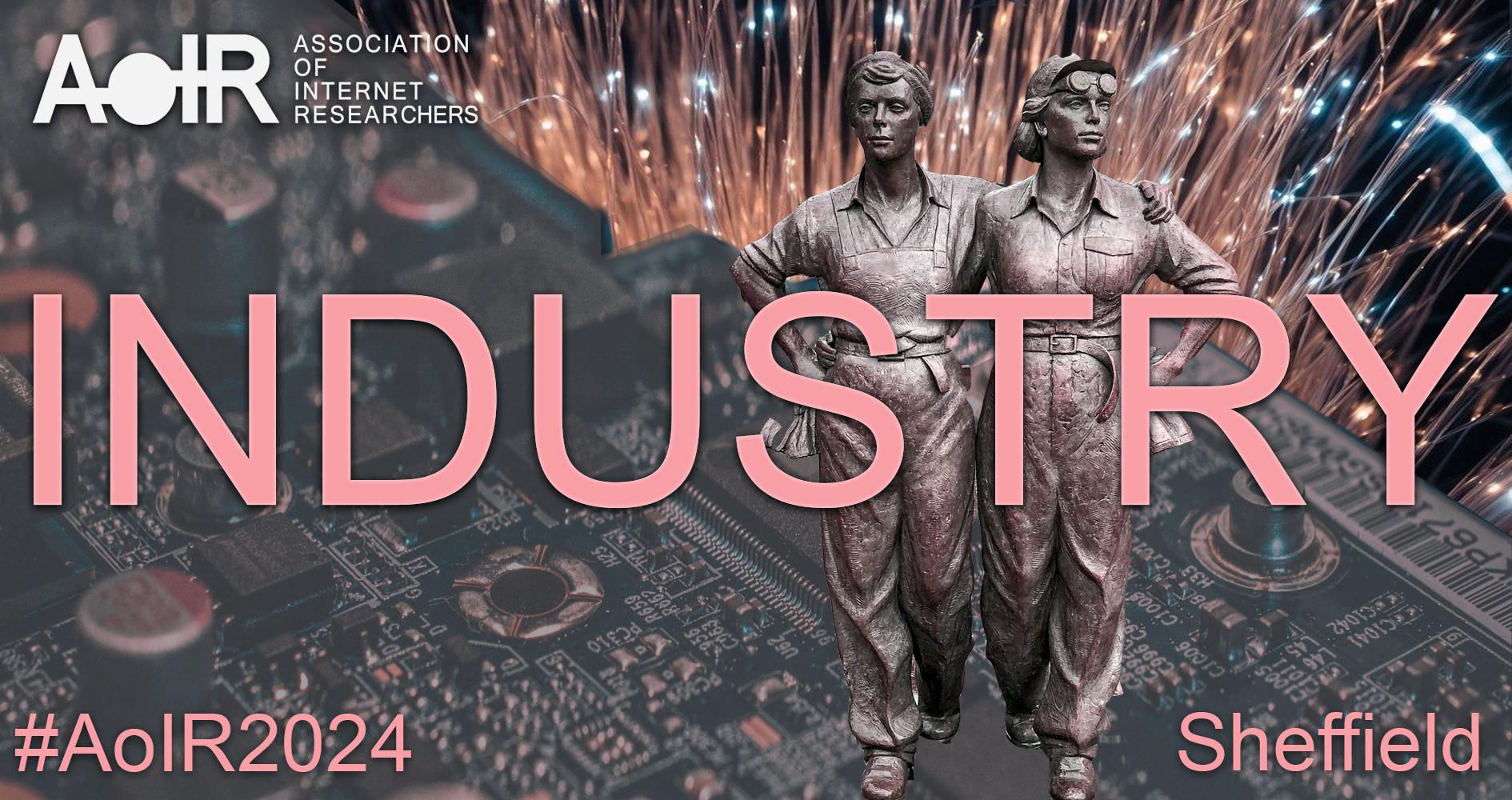Conference Location
The AoIR2016 will be held on the Campus Mitte of the Humbold-Universität zu Berlin, located in the heart of the new city center. The opening keynote on 5 October 2016 and the plenary panel on 6 October 2016 will take place in the university’s great lecture hall Auditorium Maximum (Audimax) in the historic main building of the University, Unter den Linden 6. The pre-conference workshops, the doctoral colloquium, and all sessions of the conference will take place in the seminar building next door, in Dorotheenstr. 24.
The Alexander von Humboldt Institute for Internet and Society (HIIG) is located within walking distance from the conference venue. During the conference, the HIIG office – equipped with a lounge space, wifi, and a beautiful terrace – will be open for conference participants.
Humboldt-University Berlin – The Vision of Wilhelm von Humboldt
The university was founded in Berlin in 1810, and the concept that Wilhelm von Humboldt had put forward made it the “mother of all modern universities”.
This concept envisioned a “Universitas Litterarum” that would achieve unity in teaching and research, and would provide students with an all-round humanist education. This concept spread throughout the world and gave rise to the foundation of many universities of the same type over the following 150 years.
The concept of the academic and statesman Wilhelm von Humboldt was influenced, among others, by the reform ideas of the philosopher Johann Gottlieb Fichte, the first vice chancellor of the University, and by the theologian and philosopher Friedrich Schleiermacher.
At the outset, Berlin University had the four classical faculties of Law, Medicine, Philosophy and Theology. The first academic term began with 256 students and 52 academic staff. Professors such as Georg Friedrich Wilhelm Hegel (Philosophy), Karl Friedrich von Savigny (Law), August Boeckh (Classical Philology), Christoph Wilhelm Hufeland (Medicine) and Albrecht Daniel Thaer (Agriculture) shaped the profile of the individual faculties in accordance with Humboldt’s concept.
Partly due to the influence of the natural scientist Alexander von Humboldt, the University pioneered the introduction of many new disciplines. The chemist August Wilhelm von Hofmann, the physicist Hermann von Helmholtz, the mathematicians Ernst Kummer, Leopold Kronecker, Karl Theodor Weierstrass (the “triple star of mathematics”) and the medical scientists Johannes Müller and Rudolf Virchow became known in their specialist areas far beyond Berlin University. Later, a total of 29 Nobel Prize winners did some of their scientific work at Berlin University, including Albert Einstein, Emil Fischer, Max Planck and Fritz Haber. And many famous people such as Heinrich Heine, Adelbert von Chamisso, Ludwig Feuerbach, Otto von Bismarck, Karl Liebknecht, Franz Mehring, Alice Salomon, Karl Marx and Kurt Tucholsky were also enrolled at the “Alma mater” of Berlin. Heinrich Mann, the writer, became the first honorary doctor of the University after the end of the Second World War.
Campus Mitte
Campus Mitte is the oldest of the three HU campuses. Nearly all of the humanities, social sciences, economics and business administration faculties and their departments are located here between the French Cathedral, Lustgarten, Berbelplatz, Brandenburg Gate and other sights around the magnificent boulevard of Unter den Linden in Berlin’s historical center. The heart of Campus Mitte is HU’s main building at Unter den Linden 6. There are numerous political institutions, embassies, historic buildings, cultural institutes, cafés, shops and hotels nearby.
With its true research and teaching treasures, Campus Mitte adds a gallant touch to its historical surroundings. The more than 100 different scientific collections there contain over 30 million objects – including exhibits from Alexander von Humboldt’s travels and the private library of the Brothers Grimm. Humboldt-Universität has an impact on city life as a result of its artistic and scientific collections. The campus has experienced more than 200 years of eventful history – a history shaped by its very special location, once at the center of Prussia and Germany, next the capital of East Germany, and now the center of the reunified German nation.
Ballhaus
This year’s reception event will take you from debates of the digital age way back to the analog charm of the Golden Twenties. Once all over Berlin, the flair of Swing and Charleston parties is preserved in this 19th-century two-story Berlin ballroom. Choose between champagne and absinthe: This place sets the perfect atmosphere for cool drinks and hot talks reminiscing a world prior the internet – so don’t miss out on a place still hosting original dial-operated telephones connecting each of the tables in the venue. Friday, 7 October, doors open 6.30 pm.
PLEASE NOTE: Admission for AoIR conference attendees who indicated reception attendance and their paid additional guests.




